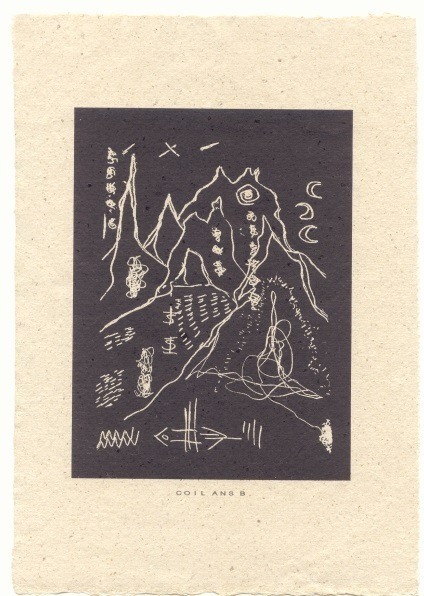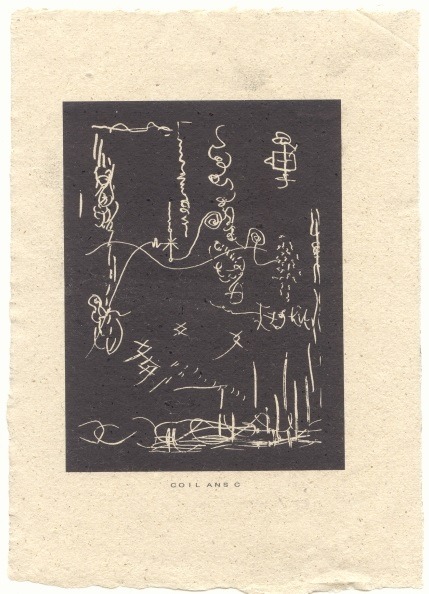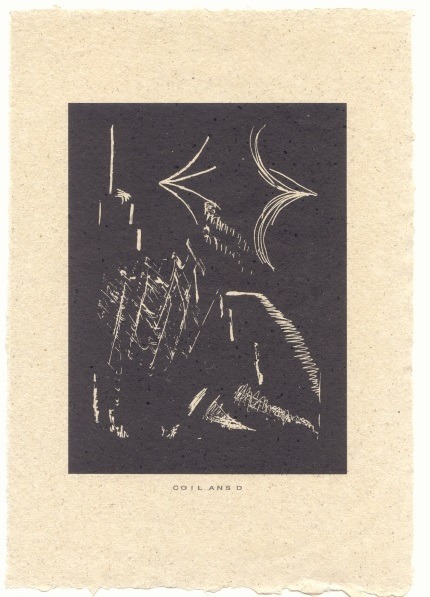#sofia gubaidulina
Explore tagged Tumblr posts
Text






V/A
"Музыкальное Приношение"
(LP. Мелодия. 1991 / rec. 1971) [RU]
#compilation#1971#russia#synth#electronic#contemporary#avant garde#oleg buloshkin#sofia gubaidulina#eduard artemyev#alfred schnittke#records#Bandcamp
13 notes
·
View notes
Text
“It is a very great mystery, percussion ... understanding the acoustics of these instruments. And performers always try to hide this mystery, covering and stopping the sound. They open the sound and immediately stop it. But the percussion has an acoustic cloud around it, a cloud that cannot be analysed. These instruments are at the boundary between palpable reality and the subconscious, because they have these acoustics. Their purely physical characteristics, of the timpani and membranophones and so on, when the skin vibrates, or the wood is touched, respond. They enter into that layer of our consciousness which is not logical, they are at the boundary between the conscious and the subconscious.”
— sofia gubaidulina, from ‘the space of the soul’: an interview with sofia gubaidulina, 2012
13 notes
·
View notes
Text
"I am a religious person... and by 'religion' I mean re-ligio, the re-tying of a bond... restoring the legato of life. Life divides man into many pieces. There is no weightier occupation than the recomposition of spiritual integrity through the composition of music."
- Sofia Gubaidulina
2 notes
·
View notes
Text
youtube
Sofia Gubaidulina (b.1931) - Chaconne ·
Beatrice Rauchs, piano
2 notes
·
View notes
Text
What’s On Michael Portillo’s iPod OR What's On Kiran Leonard's Eclipse CD101 Mark II Compact Disc Player
Here at Birthday Cake For Breakfast, we like to get to the heart of what an artist is all about. We feel that what influences them is just as important as the music they make. With that in mind, off the back of releasing his sixth album ‘Real Home‘ (via Memorials of Distinction), Manchester-born, London-based experimental artist Kiran Leonard talks us through a number of influences. Take it…

View On WordPress
#Birthday cake for breakfast#Bowler Hat Soup#Frank Zappa#Hank Williams#Iggy Pop#Kiran Leonard#Lumpy Gravy#Memorials of Distinction#Real Home#Rough Power#Sofia Gubaidulina#The Books#What&039;s On Michael Portillo&039;s iPod
0 notes
Text
SWR Symphonieorchester 2023/24 - Eva Ollikainen e Renaud Capuçon
Foto ©swr.de L’ ultimo concerto della stagione della SWR Symphonieorchester ha avuto un prologo piuttosto movimentato. Continue reading SWR Symphonieorchester 2023/24 – Eva Ollikainen e Renaud Capuçon

View On WordPress
#critica#eva ollikainen#liederhalle#novecento#renaud capucon#sibelius#sinfonica#sofia gubaidulina#strauss#strumentale#stuttgart#swr symphonieorchester#violino
0 notes
Text
youtube
Sofia Gubaidulina: Quartet No. 2 (1987)
Kronos Quartet Violin: David Harrington Viola: Hank Dutt Cello: Joan Jeanrenaud Violin: John Sherba
1 note
·
View note
Text
I'm currently listening to a recording featuring one of my favorite violinists, Anne-Sophie Mutter, playing one of my favorite contemporary violin concertos, In Tempus Praesens by Sofia Gubaidulina. One of the things I love about this recording is that the percussionists in the London Symphony Orchestra break out their 80" Paiste gong for the work. It's such a unique and AMAZING instrument. In terms of its sound, the only thing I can compare it to is cold dark winter midnight desolation. Just extraordinary.
0 notes
Text

Sofia Gubaidulina (1931)
Works: playlist
0 notes
Text
Sofia Gubaifulina
Flute Concerto
Performed by the Gothenburg Symphony Orchestra with Mario Venzago and Sharon Bezaly
1 note
·
View note
Note
what’s your read on ligeti?
Ligeti's actually one of the only European avant-gardeists of his cohort that I respect. I have very little interest in the research-papers-in-musical form of people like Thomas Adès, Helmut Kohl, or Sofia Gubaidulina but the rhythmic energy of Ligeti's work keeps it fresh and engaging to listen to, and to my ear actually inspired, quite unlike Brian Ferneyhough, for example, who I just can't stand. That said, I'll confess that contemporary composers are quite a bit outside of my wheelhouse
3 notes
·
View notes
Note
Laura, your post re: modern art and what Wagner's scores would look like reminded me of one of my favorite living composers, Sofia Gubaidulina. Her scores look like weird abstract blueprints, at least at first: she hires someone to translate them into conventional notation so that conductors and musicians can actually read them. There's an NPR story online (google "The fearless musical philosophy of Sofia Gubaidulina") that shows her at the piano, and you can sort of see one of her weird scores.
That’s so interesting! I’ll check it out
3 notes
·
View notes
Text
on Coil's ANS (2004)
from “Out of Time, Out of Place, Out of Spite”: Light and Music of Coil and Skryabin by me
The ANS is believed to be one of the first electronic synthesizers in history. It was created in 1957 by a Moscow State University engineer Yevgeny Murzin. The optic disc of the machine contained 144 sounds that came to simultaneous resonance, producing spectral sounds rather than sound waves.[1] Among the composers who worked with the instrument are Alfred Schnittke, Sofia Gubaidulina, and Eduard Artemyev, a Russian composer famous for his extensive collaboration with Tarkovsky.[2] The son of Eduard Artemyev, Artemiy, describes the machine in a letter: “Please, try to imagine a score sounding by itself without a conductor, [without an] orchestra [and] even without musical instruments. This magic is possible by using [the] musical synthesizer ANS. The ANS is an instrument with which a composer cannot only create but even draw his music without notes and orchestra.”[3] The process of music creation here is described as writing with light in a miraculous process of drawing the music rather than playing it.




The Coil’s box set ANS, which was first published in September 2004 by Threshold House, is made entirely on the ANS machine. They were accompanied with limited edition prints that allow us to glimpse into the way visual “scores” that were fed into the ANS looked like. The sounds we hear on the box set are not necessarily composed, as they do not follow any particular musical pattern — only a visual pattern of a graphic card that went into the synthesizer. In this way, music on ANS is spectral in how the music is generated, as it does not necessitate the presence of a composer — by itself, it can translate figments of images into musical phantoms.
[1] Andrey Smirnov and Lyubov Pchelkina, “Russian Pioneers of Sound Art in the 1920s,” in Red Cavalry: Creation and Power in Soviet Russia between 1917 and 1945 (Madrid: La Casa Encendida, 2011), 12.
[2] Smirnov and Pchelkina, 13.
[3] Martin Alejandro Fumarola, “The Russian ANS Synthesizer, Another Early Electronic Instrument,” Computer Music Journal 21, no. 2 (1997): 4.
4 notes
·
View notes
Text
Baiba Skride
youtube
Classical violinist Baiba Skride was born in 1981 in Riga, Latvia. Skride has worked with a number of prestigious orchestras, including the New York Philharmonic, the Boston Symphony Orchestra, the London Symphony Orchestra, and the Shanghai Symphony Orchestra. She won 1st prize at the Queen Elisabeth Competition in 2001. Skride has championed contemporary music, performing the world premiere of Sofia Gubaidulina’s Triple Concerto for Violin, Cello, and Bayan in 2017. She is also a prolific recording artist.
11 notes
·
View notes
Video
youtube
Adrian Montero plays Serenade by Sofia Gubaidulina | Siccas Media
0 notes